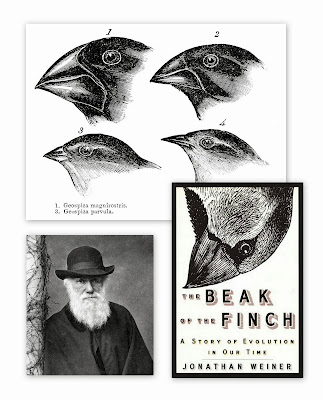
Persian poet Rumi was born Jalal ad Din Muhammad Rumi on September 30, 1207, in Tajikistan. As a young boy in what is now Iran, while fleeing the advance of Mongol hordes, his spiritual nature was recognized, and by age 25 he had become an Islamic teacher. In 1244, after meeting a dervish (ascetic), Rumi became a mystical ascetic and began writing lyric poetry. In what is now Turkey he spent 12 years writing the Masnavi, his masterwork that combines tales of everyday life with spirituality. It strongly focuses on music as a means of union with the divine, whereby the soul is both destroyed and reborn. The ritual practice of “whirling dervishes” was developed from Rumi’s concepts. The core of Rumi’s beliefs is that the soul, separated and devolved from the divine, undergoes an evolutionary journey to be reunited with the divine. All things in the universe are governed by this law, and the process is driven by an inner urge Rumi calls “love.” This cosmic evolution and search for union with God are Rumi’s version of the Fall of Adam and the banishment from Paradise.

















